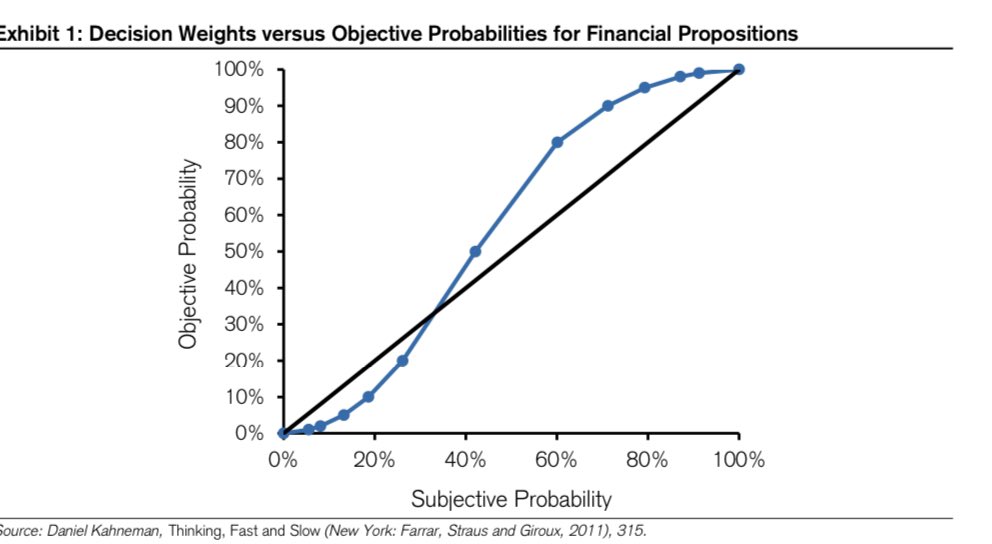
1/ “Paul Allen and myself, expecting the hobby market to expand, hired Monte Davidoff and developed Altair BASIC. Though the initial work took only two months, the three of us have spent most of the last year documenting, improving and adding features to BASIC." Altair Newsletter 

2/ "Paul wrote the bootstrap loader on the plane. Everyone, including ourselves, was amazed when this BASIC worked the first time. Many MITS employees who couldn’t comprehend what to do with an Altair saw the value of the computer for the first time.” 

3/ "Our primary emphasis was on a fail-safe BASIC that would always indicate user error instead of crashing or producing the wrong result. Our software was going to be put in ROM where it couldn’t be updated. Our other major worry was that our simulator might be incorrect." BG 

4 When Bill and Paul wrote BASIC for the Altair they had never even seen this computer. It wasn't possible to pre-test BASIC because they did not have an Altair. To deal with that problem Paul built a simulator. A Smithsonian interview with Bill is here: americanhistory.si.edu/comphist/gates… 

5/ "MITS had a machine they had run with 6K of memory, which for them was a big, big thing. We loaded up the paper tape. Our simulator was very slow. The Altair, even though it is such a simple little microprocessor, was faster than our PDP-10 simulator. About 5 times faster." 

6/ This interview is from 1977. Microsoft's year end sales that year were $500k and it had five employees. The company was two years old. It started selling its second language product (FORTRAN) in July of that year. Work didn't start on MS-DOS for three more years (in 1980). 

• • •
Missing some Tweet in this thread? You can try to
force a refresh







